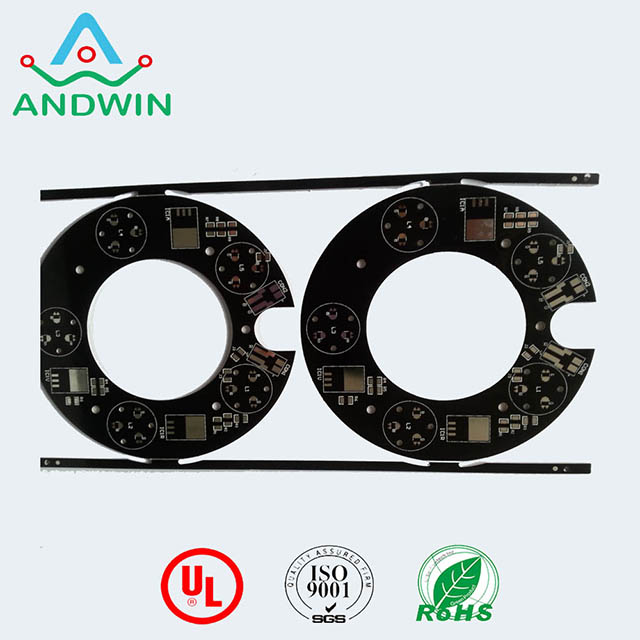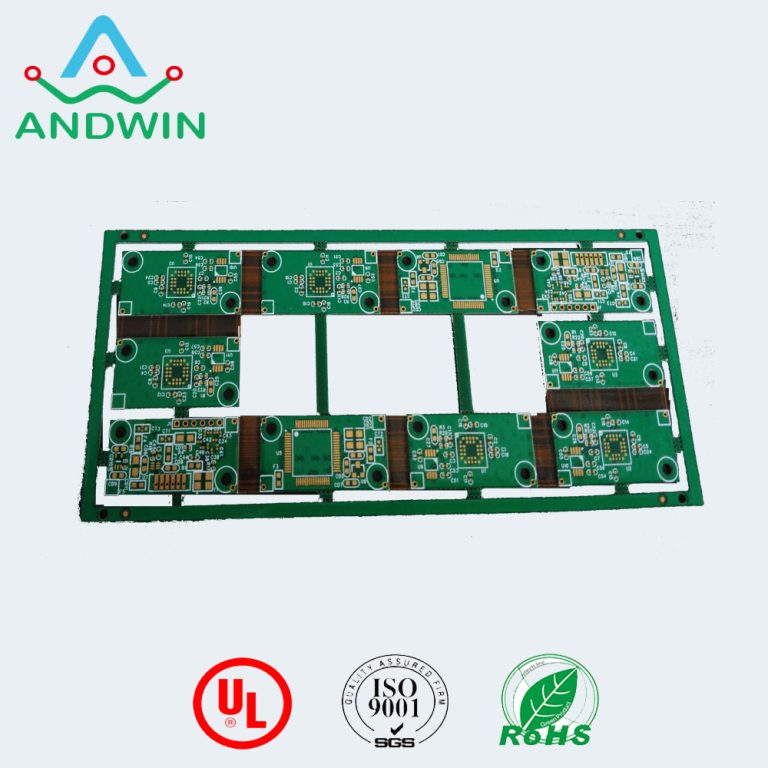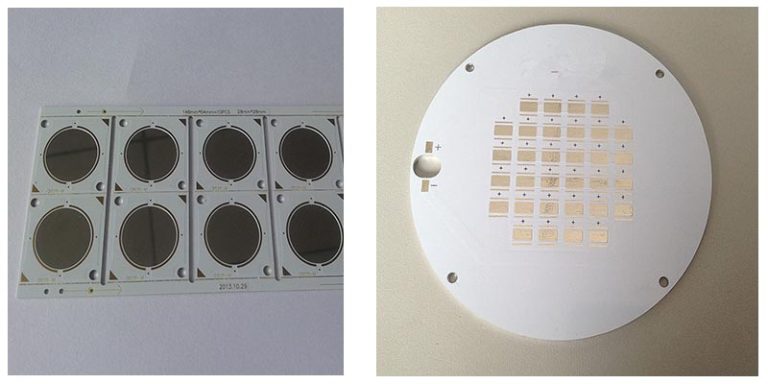Rogers pcb thermal conductivity
The thermal conductivity of Rogers PCBs varies depending on the specific type of Rogers material used.
Generally, Rogers PCBs have a higher thermal conductivity than standard FR4 PCBs, which makes them suitable for high-frequency and high-power applications.
For example, the thermal conductivity of Rogers 4003C PCB material is approximately 0.70 W/mK, while the thermal conductivity of Rogers 4350B PCB material is approximately 0.42 W/mK.
It is important to note that the thermal conductivity of a PCB is not the only factor that affects its thermal performance.
Other factors, such as the thickness of the copper layers and the presence of vias, also play a role in determining the PCB’s thermal properties.

How to calculate the thermal conductivity of Rogers PCB
The thermal conductivity of Rogers PCBs can be calculated using the following formula:
k = (Q × L) / (A × ΔT)
Where:
k = thermal conductivity (W/mK)
Q = heat flow rate (W)
L = length of the heat path (m)
A = cross-sectional area of the heat path (m2)
ΔT = temperature difference across the heat path (K)
To use this formula, you need to measure the heat flow rate, length, cross-sectional area, and temperature difference of the heat path.
This can be done using specialized equipment such as a thermal imaging camera or a thermocouple.
Alternatively, you can refer to the datasheet of the specific Rogers PCB material you are using, as the thermal conductivity values are often provided by the manufacturer.
It is important to note that the thermal conductivity of a PCB can vary depending on its thickness, copper weight, and other factors, so it is best to consult with the manufacturer for specific values.

Who proposed the Rogers PCB thermal conductivity
The Rogers Corporation is a leading manufacturer of high-performance printed circuit board (PCB) materials, including those with high thermal conductivity.
The company has developed and patented several materials with unique thermal properties, including the RO4000? series and the RO4400? series.
While it is unclear who specifically proposed the idea of using these materials for high thermal conductivity PCBs, it is likely that it was a team effort involving materials scientists, engineers, and other experts at Rogers Corporation.

What is the Rogers PCB thermal conductivity related to?
The Rogers PCB thermal conductivity is related to the ability of the PCB material to transfer heat away from the components on the board.
In electronic devices, heat is generated by the components and if it is not dissipated properly, it can cause the components to malfunction or fail.
PCBs with high thermal conductivity are designed to efficiently transfer heat away from the components and dissipate it into the surrounding environment, reducing the risk of overheating and improving the overall reliability and performance of the device.
Rogers PCB materials with high thermal conductivity are often used in high-power applications such as RF amplifiers, power supplies, and LED lighting.







